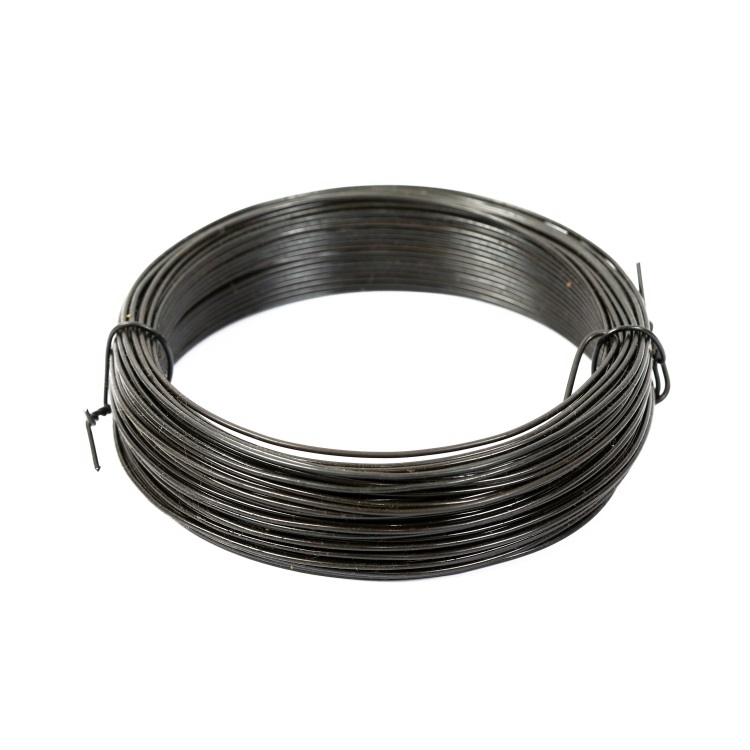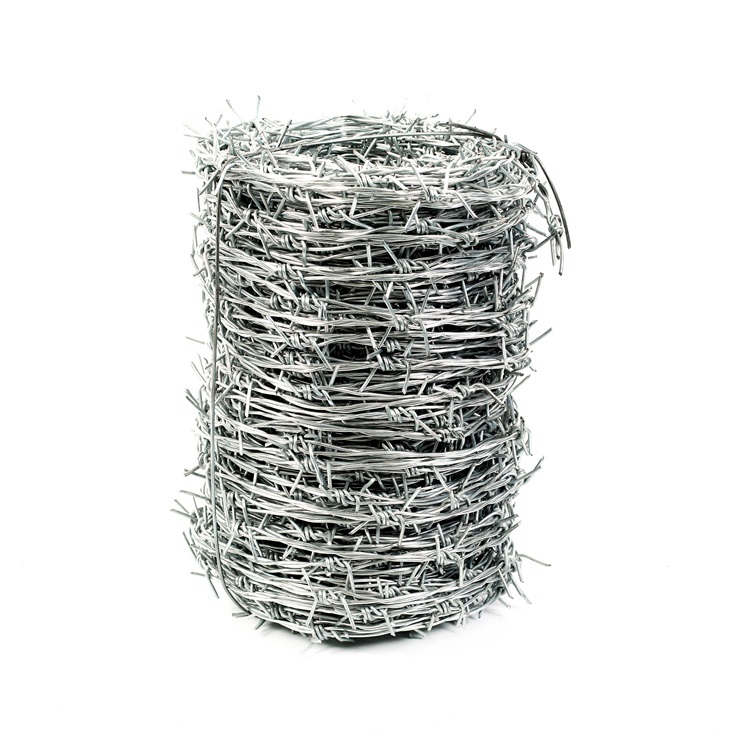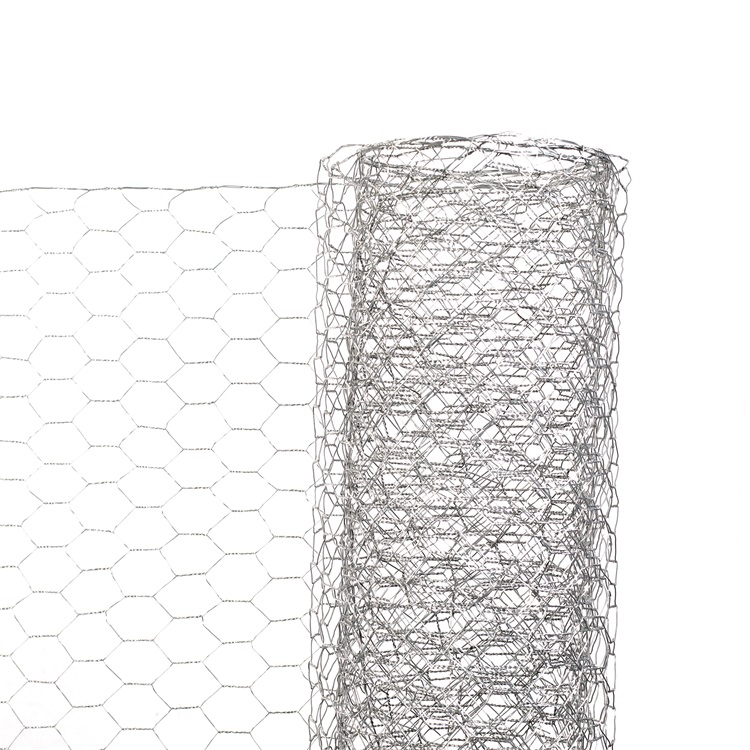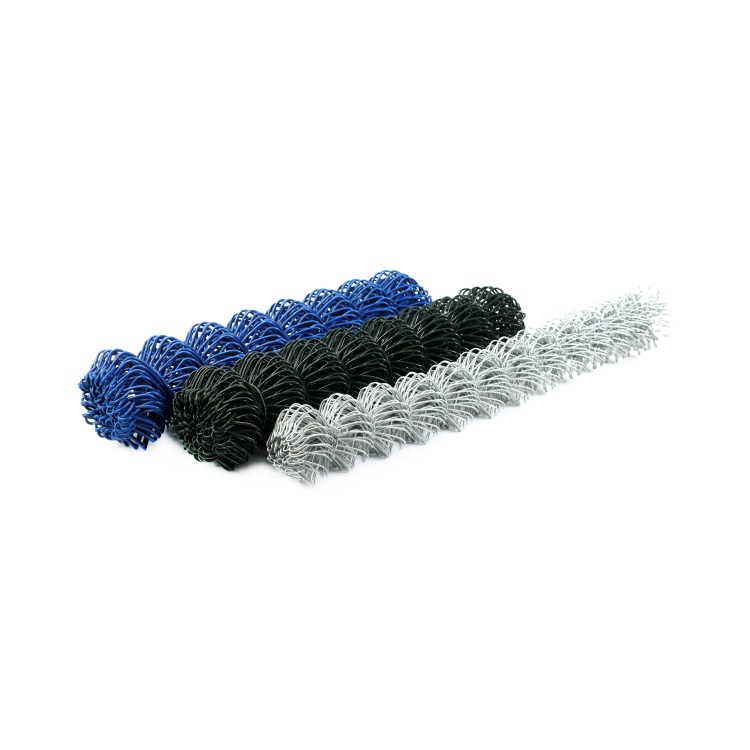Plastic Hexagonal Mesh: Durable, Sustainable Solutions for Modern Industry
Understanding Plastic Hexagonal Mesh: A Global Game Changer
In an increasingly resource-conscious world, plastic hexagonal mesh has quietly become a material worth knowing about. This flexible, lightweight, and durable product isn’t just some niche plastic sheet — it’s reshaping how industries from agriculture to construction approach sustainability and efficiency. But why should you care? Because behind every industry’s push for innovation lies a simple truth: materials that deliver on performance, cost savings, and environmental impact are priceless. And plastic hexagonal mesh fits that mold.
The Global Context: Why Plastic Hexagonal Mesh Matters
Let’s put this into perspective. According to the United Nations Environment Programme (UNEP), the global demand for sustainable materials is skyrocketing due to shrinking natural resources and climate goals being adopted worldwide (UNEP). Plastic hexagonal mesh, with its versatile applications and relatively low carbon footprint in production and transport, aligns neatly with these demands.
The World Bank also highlights that in developing regions, infrastructure and agricultural improvements are hindered by the lack of affordable, scalable materials that can withstand harsh environmental conditions. Plastic hexagonal mesh offers a lightweight, corrosion-resistant alternative to traditional metallic meshes that demand more energy and cost to manufacture and maintain.
In short: it’s filling a real gap at a crucial moment when industries worldwide need smart solutions for resilient infrastructure and sustainable agricultural practices.
Mini takeaway: Plastic hexagonal mesh is gaining momentum globally as a resource-efficient, durable solution aligned with sustainability and cost-effectiveness demands.
What Exactly Is Plastic Hexagonal Mesh?
At its core, plastic hexagonal mesh is a plastic sheet or netting structured in a pattern of hexagonal cells — imagine those honeycomb shapes but made of specially engineered plastic polymers. This shape gives it exceptional strength-to-weight ratio and flexibility.
Unlike conventional mesh materials like wire or metal netting, the polymer-based hexagonal mesh resists corrosion, rust, and chemical degradation — making it ideal for outdoor, marine, agricultural, or industrial environments. It's often made from polyethylene or polypropylene, balancing durability with cost.
This mesh proves invaluable in everything from erosion control in civil engineering projects to protective fencing in agriculture, and even in packaging or eco-friendly gardening solutions. It’s like the Swiss Army knife of modern mesh products.
Core Features That Make Plastic Hexagonal Mesh Stand Out
Durability and Weather Resistance
One of the biggest advantages is its resistance to UV rays, saltwater, and harsh chemicals. Plastic hexagonal mesh essentially laughs at rust or natural wear that would cripple metal alternatives — making it especially useful in coastal or industrial zones.
Lightweight and Flexible Construction
Because the mesh is plastic, it’s significantly lighter than metal mesh. That translates to easier handling, quicker installation, and lower shipping costs. Plus, the hexagonal pattern allows for some give, adapting to uneven surfaces — helpful in erosion control or agricultural contours.
Cost Efficiency and Scalability
The material costs are generally lower than galvanized steel mesh, and production can be quickly scaled. Projects requiring vast areas can source and deploy plastic hexagonal mesh without breaking budgets, which makes it appealing for NGOs and governments in resource-limited contexts.
Environmental Impact
Some manufacturers incorporate recycled polymers, and the product’s light weight means transport emissions are lower. Even after disposal, many types of plastic hexagonal mesh can be recycled or designed to biodegrade, aligning with circular economy principles.
Customization and Versatility
Plastic hexagonal mesh can be tailored in thickness, cell size, color, and UV resistance, meeting specific demands. This adaptability empowers engineers to select solutions optimized for soil stabilization, animal containment, or even decorative architectural uses.
Mini takeaway: Its durability, lightness, affordability, and eco-credibility intersect to make plastic hexagonal mesh an unmatched candidate for various challenging applications.
Where Is Plastic Hexagonal Mesh Actually Used?
This isn’t some material sitting on shelves waiting for use. It’s deployed worldwide in diverse settings that share a demand for durability and cost-effectiveness.
- Agriculture: Protecting crops, fencing livestock, and controlling erosion on slopes.
- Construction: Reinforcing cement, soil stabilization in landslide-prone zones, or temporary fencing around sites.
- Disaster Relief: NGOs use modular plastic meshes for fast, low-cost erosion control or to build temporary animal enclosures in displaced community camps.
- Coastal and Marine: Shoreline protection against wave erosion due to its saltwater resistance.
- Industrial Zones: Chemical plants or facilities requiring corrosive-resistant netting for safety or containment.
For example, some non-profits in Southeast Asia adopted plastic hexagonal mesh after typhoons to rapidly stabilize coastlines and prevent salt intrusion into agricultural fields — a simple product making a huge difference. Oddly enough, its low-tech feel belies a truly versatile material.
Product Specifications of Typical Plastic Hexagonal Mesh
| Specification | Typical Values |
|---|---|
| Material Type | Polyethylene (HDPE) or Polypropylene |
| Mesh Cell Size | 10–50 mm (customizable) |
| Thickness | 0.5 – 2.5 mm |
| Tensile Strength | 15–25 MPa |
| Color | Natural, Green, Black, others on request |
| UV Resistance | Up to 2,000 hours exposure |
Comparing Leading Plastic Hexagonal Mesh Vendors
| Vendor | Material Quality | Customization | Price Range | Delivery Speed |
|---|---|---|---|---|
| FiveStar Metals | High-grade recycled polymers | Full range (thickness, color, UV treatment) | $$ | 2–4 weeks worldwide |
| EcoMesh Solutions | Virgin polypropylene | Limited color and size | $$$ | 1–3 weeks in North America |
| Global Plastics Inc. | Mixed recycled materials | Moderate customization | $ | 4–6 weeks (global) |
Long-Term Value: Why Invest in Plastic Hexagonal Mesh?
Honestly, it’s not always about the immediate price tag. Many engineers and supply chain managers will tell you that choosing plastic hexagonal mesh comes down to reliability and sustainability — two aspects that pay dividends over time.
A farmer in Kenya or a construction team in the Gulf Coast tends to prefer materials that won’t rust or wear out after a few storm seasons. It feels safer, sure, but there’s an emotional angle too: dignity in having infrastructure that lasts without constant repair or replacement.
On the logical side, the cost savings from avoiding corrosion damage and cutting installation downtime can be substantial. And, the sustainable material sourcing means you’re supporting the long-term health of your projects and community, which, frankly, matters more every year.
Looking Ahead: Future Trends in Plastic Hexagonal Mesh
Technology keeps nudging this product into more specialized territories. Expect to see innovations like bio-based polymers replacing petroleum-based plastic, or meshes integrated with sensors for real-time soil or structural monitoring. 3D printing and automation are also pushing custom-mesh fabrication into faster, cheaper realms.
Plus, international policies around waste reduction and plastic recycling are shaping production. Vendors that prioritize circular economy principles and eco-friendly certifications will likely become the default choice soon.
Challenges and How the Industry Tackles Them
Of course, it’s not all rosy. Plastic hexagonal mesh’s reliance on petrochemicals (unless bio-polymers are used) means there’s still environmental footprint concerns. Disposal remains a problem if recycling streams aren’t mature locally.
Also, chemical degradation under extreme conditions and mechanical damage can occur, especially if lower-quality mesh is used. However, ongoing R&D in UV stabilizers and blended polymers is bringing big improvements.
For buyers, verifying certifications and partnering with reputable suppliers like plastic hexagonal mesh manufacturers with transparent processes helps avoid common pitfalls.
FAQ: Clear Answers About Plastic Hexagonal Mesh
- What makes plastic hexagonal mesh better than wire mesh for outdoor use?
- Plastic hexagonal mesh resists rust and corrosion, can be UV stabilized, and is lighter and more flexible than wire mesh—making it ideal for outdoor environments subject to moisture and chemical exposure.
- How long can plastic hexagonal mesh last under continuous outdoor conditions?
- High-quality plastic hexagonal mesh can serve effectively for 5–10 years or more with UV stabilizers, but lifespan varies by material type and exposure conditions.
- Is the plastic used recyclable, and how should disposal be handled?
- Many plastic hexagonal meshes are recyclable if collected properly. Always work with manufacturers that offer recycled content and guidance on end-of-life recycling options.
- Can plastic hexagonal mesh be customized for specific applications?
- Yes. Vendors often tailor thickness, mesh cell size, color, and UV resistance to meet unique project requirements, enhancing versatility.
- How can international projects source plastic hexagonal mesh reliably?
- By partnering with experienced vendors who handle global logistics and provide certifications, international buyers can secure quality mesh with predictable delivery times.
Wrapping Up: Why Plastic Hexagonal Mesh Deserves Your Attention
So, after all this, it feels fair to say that plastic hexagonal mesh isn’t just another plastic product. It’s a strategic innovation quietly enabling better, smarter, more sustainable projects worldwide. If you’re in agriculture, infrastructure, or relief work, this could be the material upgrade you didn’t realize you needed.
Curious to explore options or see sample specs? Visit FiveStar Metals to find out why their plastic hexagonal mesh solutions are trusted across continents and industries.
Here’s to smarter materials for a more resilient future.
Mini takeaway: Plastic hexagonal mesh blends innovation, durability, and sustainability to meet many modern challenges—check it out and see how it fits your projects.
References
- United Nations Environment Programme (UNEP)
- World Bank Infrastructure Reports
- Wikipedia: Honeycomb Structure
-
Discount 16 d Common Nails - Bulk, Durable, Fast Shipping
NewsNov.17,2025
-
Finish Nails - Durable, Rust-Resistant, Clean Countersink
NewsNov.17,2025
-
Barbed Wire: Galvanized, High-Tensile Security Fencing
NewsNov.17,2025
-
Discount 16 d Common Nails – Bulk, Durable, OEM Options
NewsNov.17,2025
-
Welded Steel Tube Temporary Fence – Galvanized, Durable
NewsNov.04,2025
-
Barbed Wire – High-Tensile, Galvanized, Bulk & Fast Shipping
NewsNov.04,2025














